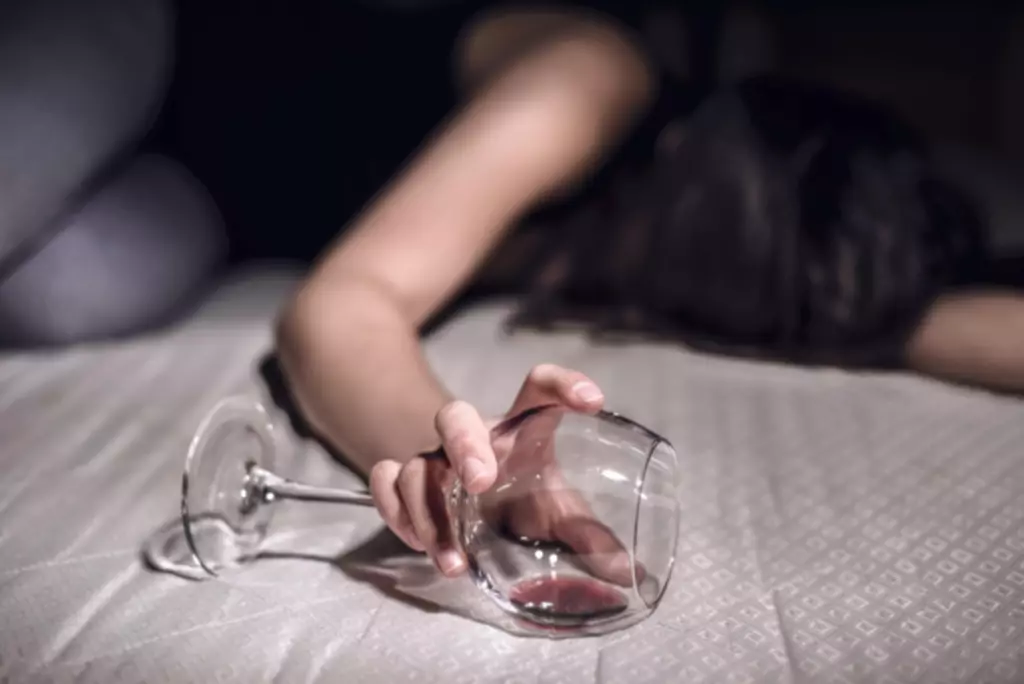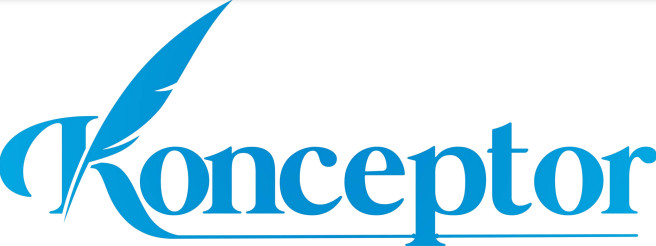Opioid use can lead to marked changes in an individual’s regular habits and personality. Loved ones might notice a sudden disinterest in activities or hobbies the person once enthusiastically pursued. Neglecting work and social relationships may occur as energy is increasingly shifted toward obtaining and using opioids. Some days will be more challenging than others, but every day is a recovery day. Social media is not yet defined as a diagnosis and its effects are not fully known, but research has shown a clear association between social media use and other conditions including increased depression. Plastic surgery addiction can happen to anyone, but it’s much more typical in people with body dysmorphic disorder (BDD).
Medication-assisted treatment (MAT)
Heroin is often easier to get than opioids that are meant to be prescriptions. Lately, powders and pressed pills that are illegally sold as heroin, cocaine, crystal meth or even prescription opioids pills actually contain doses of fentanyl that are very dangerous and often deadly. It typically involves an overpowering drive to use opioids despite consequences, increased opioid tolerance and/or withdrawal symptoms when you stop taking opioids. Healthcare professionals use specific criteria to diagnose a person with OUD.

Learn more about recovery
MAT addresses the complex nature of OUD with a comprehensive strategy, aiming to improve patient outcomes and reduce the risk of overdose and relapse. The use of medications such as methadone, buprenorphine, and naltrexone helps to manage withdrawal symptoms and cravings, which can be significant barriers to recovery. Your loved one also is at greater risk of opioid use disorder if they get opioids without a prescription. Illegal drugs taken without a prescription may include substances that could be deadly. These drugs also may contain opioids that are much more powerful than medicines prescribed by a healthcare professional, such as fentanyl and carfentanil. People who use opioids illegally often turn to heroin and street fentanyl.
Physical Elements:
A recovery plan that includes medication for opioid use disorder increases the chance of success. Methadone and buprenorphine should be considered for patients with OUD to minimize the risk of death. Naloxone is used in the acute treatment of an opiate overdose and can be given subcutaneously, intramuscularly, intravenously, intranasally, or by inhalation. Opioid dependence and addiction are products of many biological, environmental, genetic, and psychosocial factors.[3] Most opioids in use are prescribed, but many are also obtained illegally.
Outpatient and Residential Substance Use Disorder Treatment

Research shows that using them for more than a month can make you dependent on them. Drug tolerance and dependence are a result of taking any opioid drug for a long time. You can be tolerant to or dependent on a drug, but not yet be addicted to it. Opioid use disorder treatment can vary depending the patient’s individual needs, occur in a variety of settings, take many different forms, and last for varying lengths of time. If you or someone you know is experiencing OUD, treatment is available. While no single treatment method is right for everyone, recovery is possible, and help is available for OUD.
- Some patients will need to repeat therapy and may relapse many times before achieving long-term success.
- Following induction and stabilization with sublingual tablets or the buccal film, subcutaneous solutions and intradermal implants may be used for lasting maintenance therapy.
- To lessen the chance of developing a substance use disorder, follow your doctor’s orders carefully, making sure to only take the medication as prescribed.
- Overdose deaths that involve opioids have increased at an alarming rate in recent years — by more than eight times since 1999.
- These medications work by maintaining opioid tolerance and reducing cravings, without the euphoric effects of opioids.
Children Living with Parents Who Have a Substance Use Disorder – SAMHSA
Children Living with Parents Who Have a Substance Use Disorder.
Posted: Thu, 24 Aug 2017 07:00:00 GMT [source]
This process tends to lead the individual to become even more disconnected from their previous life. Besides neglecting school, work, and family commitments, people signs of opioid addiction may start to neglect their physical appearance as well. Opiates, which are also commonly called opioids, are a group of drugs that are primarily used to treat pain.
Who Is At Risk Of Developing An Opioid Addiction?
For example, taking a large dose of opioids can slow or even stop breathing, which can lead to death. Opioids are a class of naturally occurring (opiates) and manufactured chemicals (opioids) that are frequently prescribed to relieve pain. They are typically prescribed following surgery or serious injury, or to manage long-term pain caused by cancer and other conditions. Sometimes they are used as cough suppressants or to alleviate diarrhea. The most effect overall form of OUD treatment is called medication-assisted treatment (MAT), meaning that medications are combined with different types of counseling for a holistic approach.
